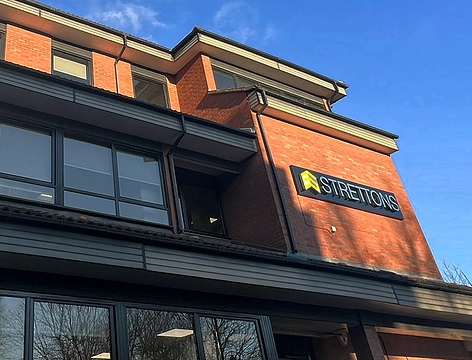
Document Scanning London
Digitise / Capture / Integrate
Dajon are specialists in business document scanning; with a commitment to providing a secure, tailored, high-quality service using tried and trusted technologies for your London business.
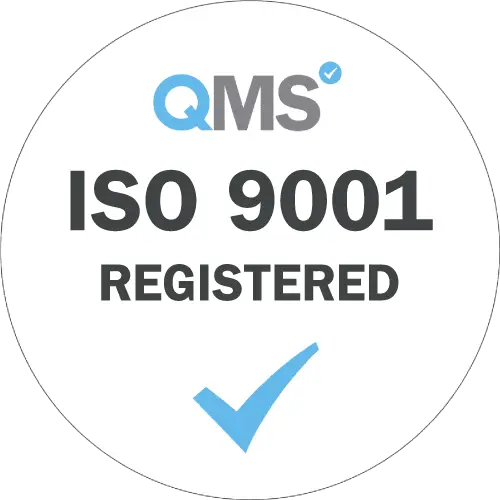
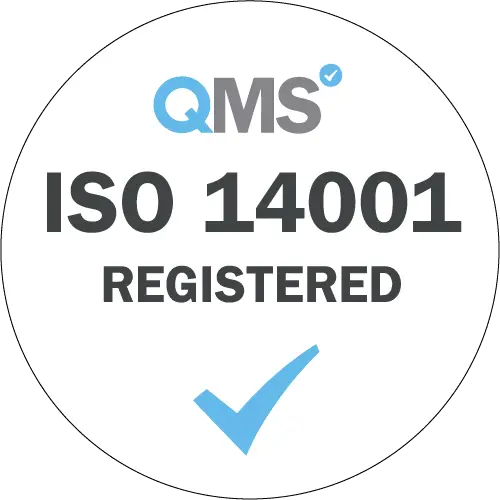
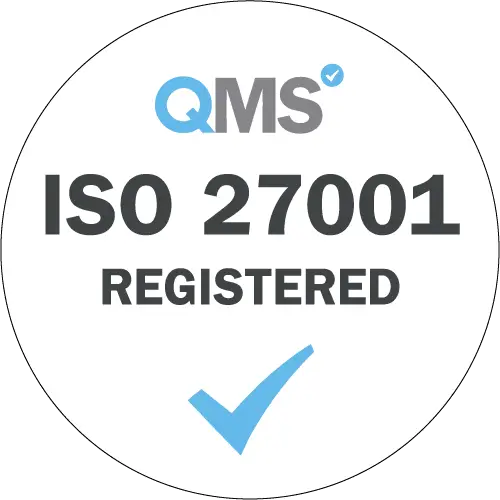
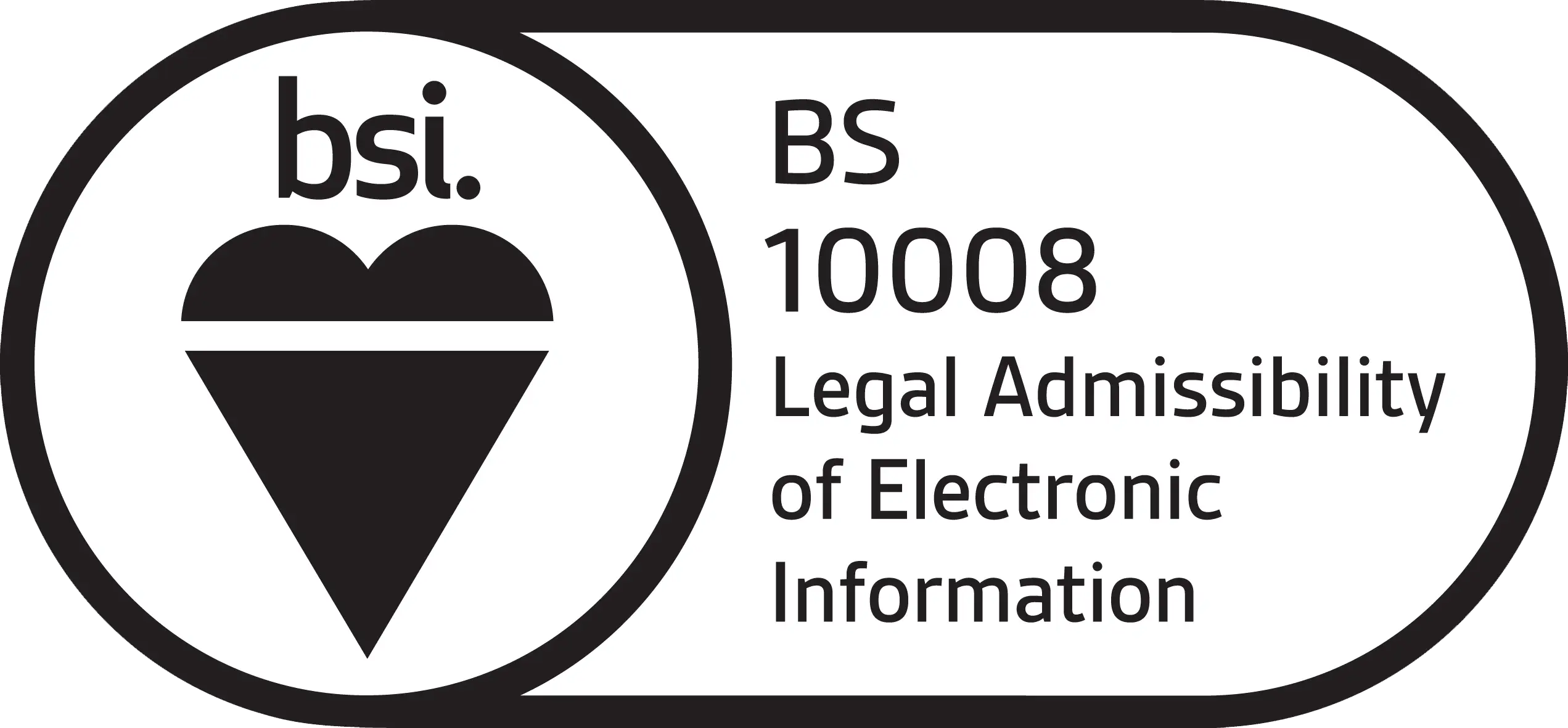
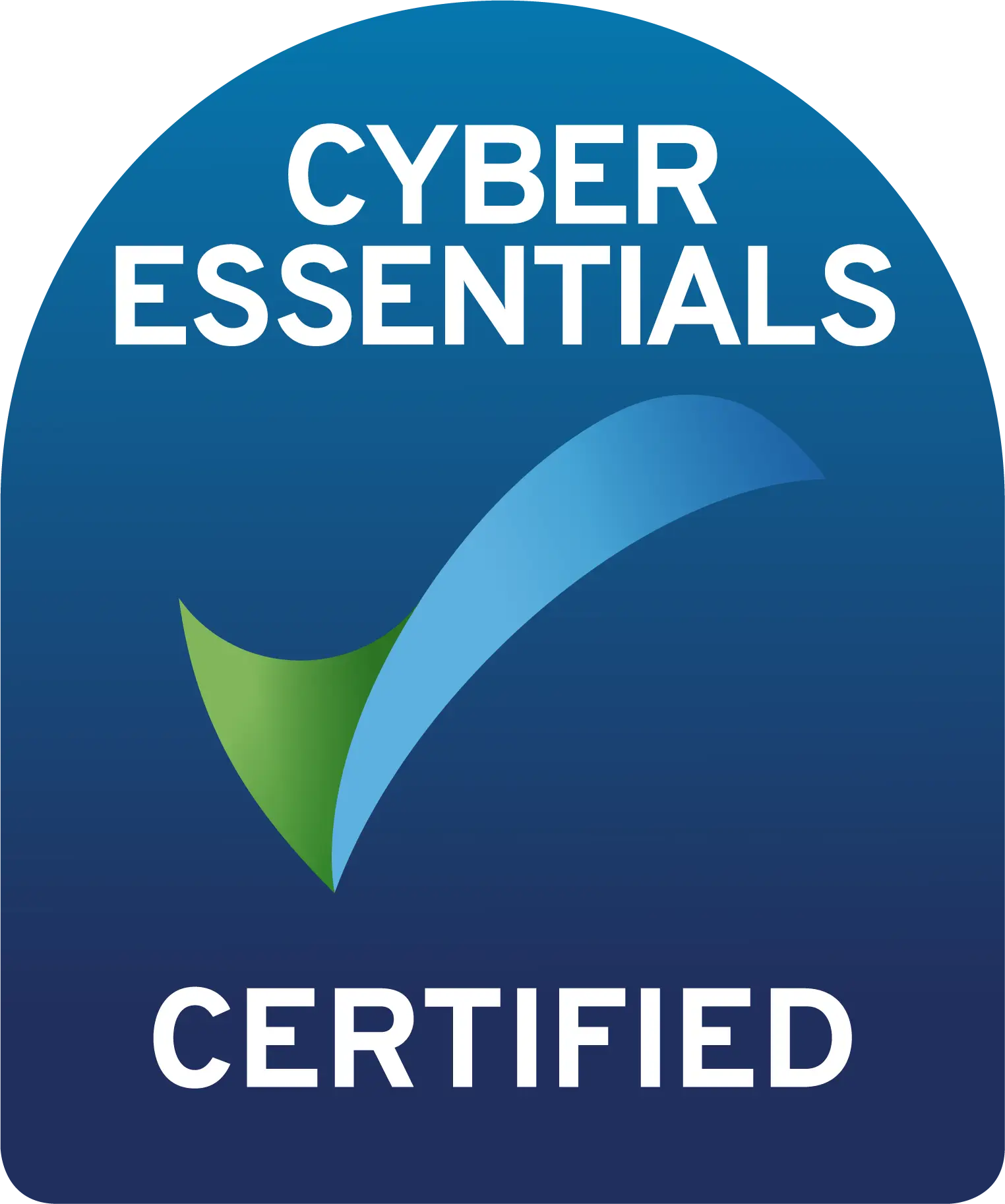
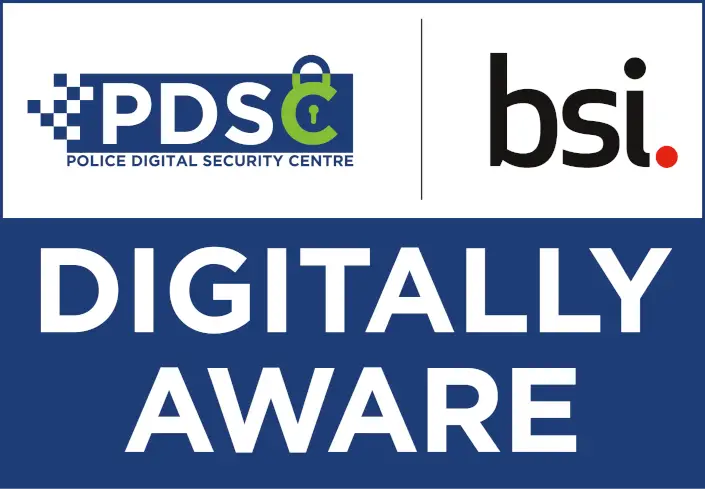
Why Us
More than 30 years of experience
With a wealth of experience over a three-decade history in the service sector within London, as well as nationally, we can inject management expertise and ethical practice into our service offerings.
75,000,000+
Images Scanned
1,225+
Happy Customers
35+
Countries Reached
42,000+
GB of Data Processed
Digitise / Capture / Integrate

Our Technologies
Our high-tech scanning technologies enable us to carry out the scanning of large volumes of documents across a wide range of formats.

True Web Data Access
We provide all clients with direct access to their database; true web access, not simply a replicated database.

Unique Client Handling
Dajon strive to create efficient, personalised working relationships with all of our customers. Each Dajon client has a name, not a number.

Certified and Compliant
Our triple ISO Accreditation (9001, 14001, and 27001), alongside ICO and Data Protection Registration highlights our robust efforts to remain secure, and compliant.

Tailored solutions
Unlike competitors who offer generic ‘one-size-fits-all’ services, Dajon seek to provide customised, tailored, and flexible solutions adapted to your exact needs.

transparent pricing
Dajon’s clear and transparent pricing policy stands out in a market where hidden fees are common; clients know exactly what they’re paying for.

Focus on sustainability
With ISO 14001 certification, Dajon demonstrates a strong commitment to environmentally sustainable practices – important for business with CSR priorities.

proven expertise & trust
Years of experience, combined with industry certifications, position Dajon as a trusted partner with in-depth knowledge and reliability.

focus on security
Our ISO 27001 certification highlights your robust security infrastructure and processes. Critical for businesses handling sensitive or confidential data.
There is no “one size fits all” digitalisation solution
Which is why Dajon tailor your organisation’s journey to the digital world according to your company’s needs and goals.




‘Dajon’s response times to queries are second to none’ … ‘The staff are so helpful and courteous at all times.’ – ECA
Our Services
What We Do
We are specialists in business document scanning. We are committed to providing a secure, tailored, high-quality service.

Bulk Document scanning
Cut down on large amounts of physical paperwork that clogs up vital office space. Our experienced team will collect and scan your business documents, with our all-in-one Bulk Document Scanning.

scan on demand
Allow us to help you update your systems with ad-hoc document scanning services. Our quick turnaround Scan on Demand service gives you the option to scan securely stored documents as and when you see necessary.

survey scanning
Dajon are uniquely positioned to deliver a complete Survey Scanning and data capture solution. From collection, processing and data conversion, we combine our expertise, world-class facilities and technology to meet your scanning needs.

Historical Scanning
Historically, logistically, and financially valuable archived documents can often become critical to your business. With Dajon’s Historical Scanning services, we’re able to offer a complete digital archiving solution to provide long-term security, and peace of mind.
Frequently Asked Questions
What is offsite records storage?
Offsite records storage refers to the practice of storing physical documents and records at an external facility operated by a third-party records management provider. These facilities are purpose-built to accommodate the storage and preservation needs of businesses, offering secure, climate-controlled environments equipped with advanced security and surveillance systems. Offsite records storage providers offer a range of services, including document pickup, transportation, indexing, storage, and retrieval. They adhere to strict security and compliance standards, ensuring confidentiality, integrity, and availability of stored documents. Offsite storage enables businesses to free up valuable office space, reduce administrative burden, and mitigate risks associated with onsite storage, such as theft, loss, or damage.
what is the difference between scanning and digitising?
Although these terms are sometimes used interchangeably, the following aspects underpin each of them:
– Scanning: This is the process under which physical hard copy documents are converted into digital images. The output produced is essentially a file in the form of an image, which, upon further processing, might not be easy to edit or search for specific information.
– Digitising: This term is more comprehensive, encompassing scanning and subsequent conversion of those scanned images into workable forms. This typically involves OCR within the text to be made searchable and editable. Another way to describe digitising is to convert analog media into a digital format, for example, VHS tapes or audio cassettes.
Put in the simplest of terms, scanning is only one component of digitising. Beyond scanning, digitising requires some additional steps to make digital files functional and workable. Knowing what digitising involves and the alternatives available could guide your decision on managing documents.
Doing the scan or using mobile applications professionally would, therefore, result in a better manner of working documents.
The level of costs may differ, but investment in scanning and digitising documents in whatever form to be utilised in long-term efficiencies becomes a fundamental way of later accessing information. By drawing a line between scanning and digitising, the files will be fit for specific needs and, therefore, more seamless to transition into a paperless environment.
What is digital scanning?
Creating a digital format of a paper document using a scanner is termed digital scanning. It is done by capturing text and images from a paper document and saving them as a digital file, most likely a PDF or image file. All the resultant digital files could be easily stored, retrieved, and shared, offering document management more efficiently than paper-based document management.
how much should i expect to pay for scanning?
The cost of scanning documents can vary widely depending on a few factors, which include:
– Volume: The more documents that need to be checked, the lower the price per page is typically. Bulk scanning services often have discounts when it comes to bulk amounts.
– High Resolution: A higher resolution while scanning can be costly, just the same as some other services such as the Optical Character Recognition (OCR). – Service Provider: Different providers charge differently; some even charge per page scanned, per box, or by the hour.
– Document Condition: If your documents need extra preparation, like taking off staples or fixing tears, then these could be part of the costs. Generally, professional scanning services might charge between £0.04 to £0.12 per image for standard scanning.
For high-quality scans or specialised services, costs can increase. To understand and compare costs and services correctly, it is best to get price quotations from a few providers. Watch out for hidden charges, as these can often push the project’s cost over and above your budgeted amount.
how do my documents get scanned?
Thinking about scanning your documents? It’s a lot simpler than you might think, and you’ve got a few good options depending on your needs:
- Do It Yourself: Got a scanner or a multifunction printer at home? Perfect for handling smaller batches of documents right where you are. It’s straightforward and cost-effective if you’re just dealing with a few items. But if you’re looking at a pile bigger than a breadbox, you might want to consider a different route.
- Mobile Scanning Apps: When you’re on the go and need a quick fix, your smartphone or tablet can come to the rescue. There are plenty of apps that let you snap a picture and turn it into a neatly scanned document. Great for capturing a receipt or a handful of pages without fuss. Just keep in mind, if you try scanning a mountain of paper this way, it could become a bit of a headache.
- Professional Scanning Services: Now, if you’re dealing with a large volume of documents or need super crisp, high-quality scans, calling in the pros is your best bet. Professional services are equipped to handle big jobs with precision—they’ll ensure your documents are not only scanned but also well-organised and easy to access.
Ready to get started with a professional service? Reach out to a trusted provider who will walk you through the whole process. You may or may not need to prep your documents —remove any staples or clips etc.., get them in order, and decide on things like file format and resolution. But don’t worry, they’ll guide you through each step.

